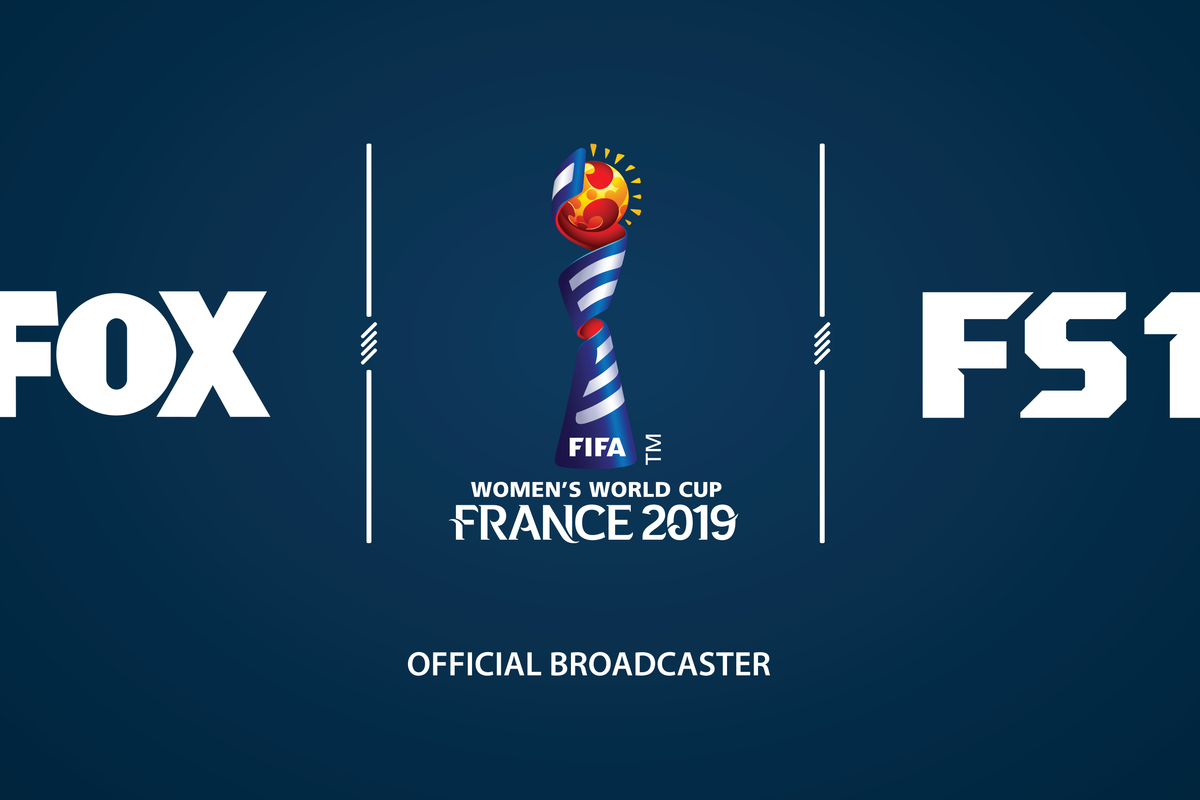
FOX Sports will carry English broadcasts of matches in the United States.
The eighth edition of the FIFA Women's World Cup kicks off on Friday with host nation France facing South Korea. Similar to the men's edition, the women's is played every four years to determine which nation reigns supreme in international soccer.
The basics
Who: 24 nations played their way in through qualifiers. Teams are divided into groups of four with the top two from each group and four third place teams advancing to the knockout stage. During the group stage, a win is worth three points, a tie is worth one and a loss is worth zero.
The knockout round consists of single elimination matches until one team is left.
What: A new FIFA Women's champion will be decided
When: June 7 to July 7
Where: Matches will take place across nine French cities - Lyon, Paris, Nice, Montpellier, Rennes, Le Havre, Valenciennes, Reims and Grenoble.
How to watch
Matches will be broadcast in the United States in English on FOX, FS1 or FS2 and in Spanish on Telemundo, Telemundo Deportes and NBC Universo.
A list of TV listings can be found here: https://www.fifa.com/womensworldcup/matches/
Which team is favored to win
Depending on where you look, the United States and France are the main favorites to win followed by Germany. England, Netherlands, Australia Japan and Canada round out the list of teams with a chance to surprise.
The United States are the defending champions after winning at Canada 2015 and are looking to become the second nation to win back-to-back Women's World Cups after Germany (2003, 2007). France are favored due to their quality of players and the fact that they are playing at home. It is expected, if both win their groups, that the U.S. and France face off in the quarterfinals.
Players to keep and eye on
Alex Morgan (USA), Sam Kerr (Australia), Eugenie Le Sommer (France), Kim Little (Scotland), Christine Sinclair (Canada), Tobin Heath (USA)
Most Popular
SportsMap Emails
Are Awesome
Oswald Peraza hit a two-run single in the ninth inning to help the Los Angeles Angels snap a three-game losing skid by beating the Houston Astros 4-1 on Saturday night.
Peraza entered the game as a defensive replacement in the seventh inning and hit a bases-loaded fly ball to deep right field that eluded the outstretched glove of Cam Smith. It was the fourth straight hit off Astros closer Bryan Abreu (3-4), who had not allowed a run in his previous 12 appearances.
The Angels third run of the ninth inning scored when Mike Trout walked with the bases loaded.
Kyle Hendricks allowed one run while scattering seven hits over six innings. He held the Astros to 1 for 8 with runners in scoring position, the one hit coming on Jesús Sánchez’s third-inning infield single that scored Jeremy Peña.
Reid Detmers worked around a leadoff walk to keep the Astros scoreless in the seventh, and José Fermin (3-2) retired the side in order in the eighth before Kenley Jansen worked a scoreless ninth to earn his 24th save.
Houston’s Spencer Arrighetti struck out a season-high eight batters over 6 1/3 innings. The only hit he allowed was Zach Neto’s third-inning solo home run.
Yordan Alvarez had two hits for the Astros, who remained three games ahead of Seattle for first place in the AL West.
Key moment
Peraza’s two-run single to deep right field that broke a 1-1 tie in the ninth.
Key Stat
Opponents were 5 for 44 against Abreu in August before he allowed four straight hits in the ninth.
Up next
Astros RHP Hunter Brown (10-6, 2.37 ERA) faces RHP José Soriano (9-9, 3.85) when the series continues Sunday.

